Top 10 Tourist Attractions in Japan
Japan is a country where the past and future blends together delightfully in the present. This East Asian country is consistently included in the travel bucket list of many people, thanks to the wide variety of wonderful attractions to be seen and experienced.
Here are some of the top tourist attractions in Japan that you should include in your bucket list.
Mount Fuji
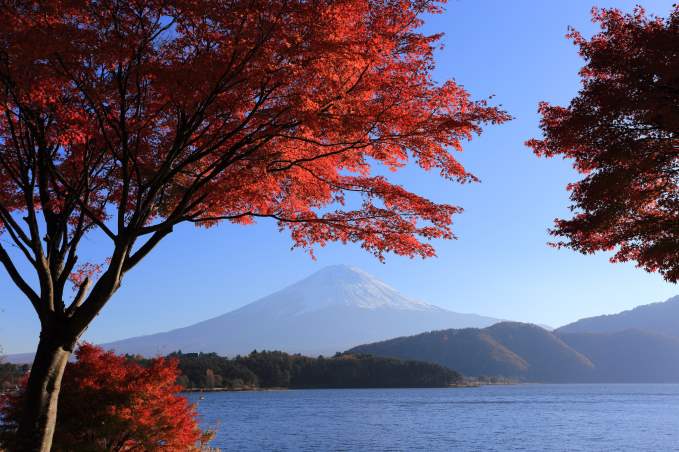
A lot of travelers say that no visit to Japan is complete without a pilgrimage to the sacred Mount Fuji. Located in the Japanese island of Honshu, this dormant volcano is the highest peak in Japan, rising up to the impressive height of 3,776 meters or 12, 385 feet. Mount Fuji has a beautiful symmetrical cone, which makes it a popular metaphor for or object of beauty for many works of literature, painting, and dramatic photographs.
This breathtaking snow-capped mountain draws thousands of local and international tourists every year. Hikers should allot three to eight hours to climb the mountain (and an additional five hours to descend from it). You will never regret visiting Mount Fuji, especially in the spring.
The Tokyo Tower
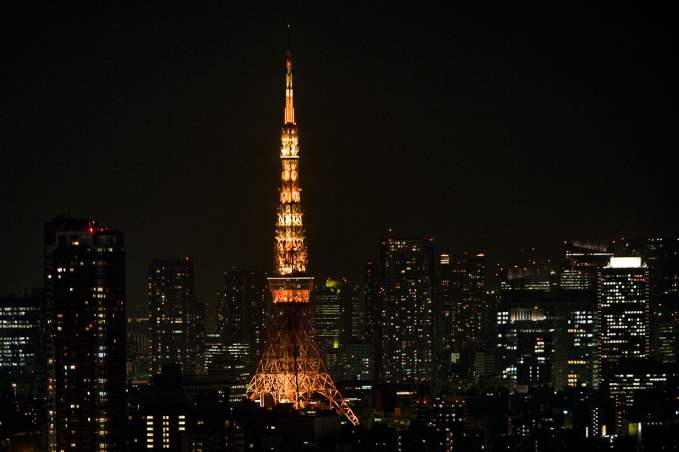
Considered as the second tallest man-made structure in Japan, the Tokyo Tower serves a similar symbolic purpose to Tokyo as the Eiffel Tower to Paris. It would be difficult to imagine the Japanese capital without this iconic structure, which is a communications and observation tower situated in Minato’s Shiba-koen District.
Deriving much of its design inspiration from Paris’ Eiffel Tower, the Tokyo Tower also features a lattice tower, but is painted in orange and white in order to comply with international air safety regulations. The tower is built in 1958, and continues to draw throngs of tourists from different parts of the world wanting to see the ultra-modern Tokyo skyline in the two observation decks housed within the Tokyo Tower.
The Golden Pavilion Temple
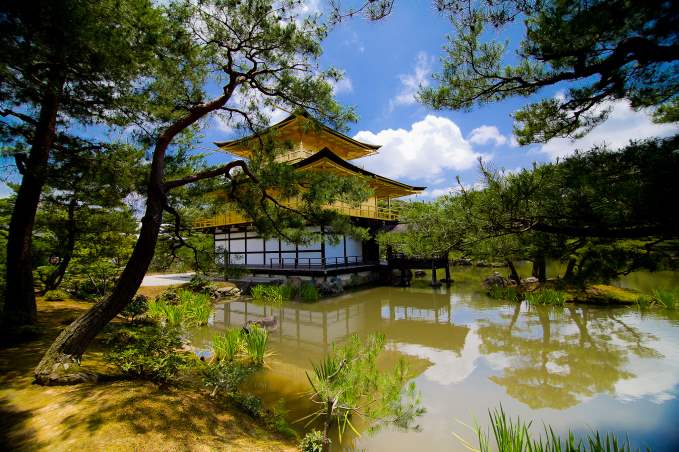
Known in Nihongo as the Kinkaku-Ji, the Golden Pavilion Temple was in the late 1300’s as a villa for a shogun’s retirement. Standing tall and proud for nearly 700 years, the pavilion was burnt to the ground due to a young monk’s suicide attempt in 1950.
In order to preserve one of their country’s architectural and cultural treasures, the government rebuilt the Golden Pavilion Temple in the span of five short years. At present, the gold leaf-covered temple located in the old imperial capital of Kyoto is fully restored to its original glory and draws thousands of tourists every year.
The Todaiji Temple
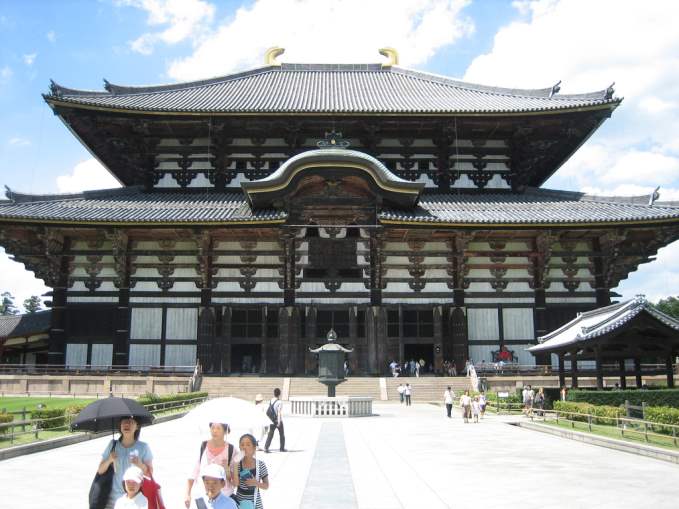
Located in Nara, the Todaiji Temple is easily the largest building made of wood in the world. Many architectural and engineering experts hail this temple as a feat of both design and construction; the temple has withstood not only the elements but also violent seismic activities the country is known for. The Todaiji Temple is home to the largest bronze statue of the Buddha Vairocana (known in Nihongo as “Daibutsu” or the Great Buddha).
Aside from being a popular tourist attraction, the temple is also the country headquarters of the Kegon school of Buddhism. The temple, a UNESCO World Heritage Site, is also home to the endemic Sika deer, which are very popular among tourists visiting the site.
The Hiroshima Peace Memorial
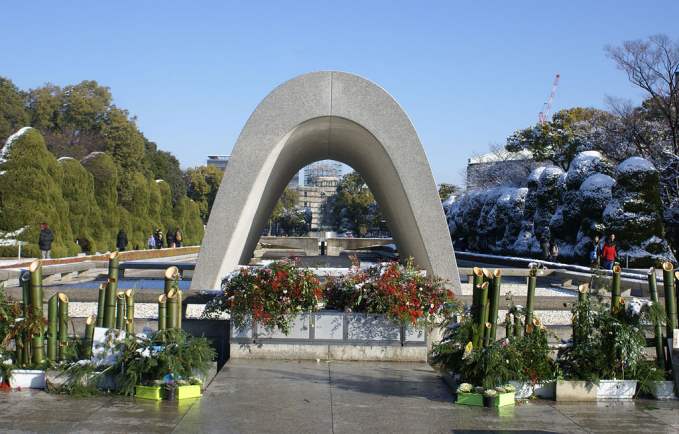
This popular tourist attraction is an important reminder of the enormous tragedy wrought upon mankind by war. In the Second World War, Hiroshima was devastated by an atom bomb, which reduced the city to smithereens and killed a huge majority of Hiroshima’s population. The Hiroshima Peace Memorial stands as a remembrance of the victims of the bomb and symbolizes the beauty and importance of human life.
The Himeji Castle
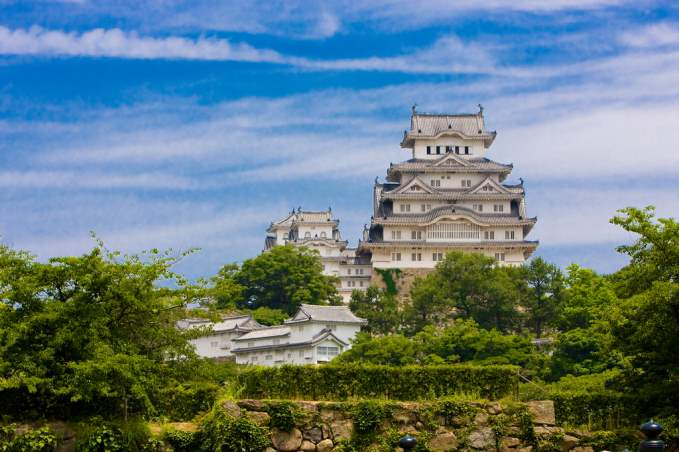
Perched on the Himeyama Hill in Himeji, Hyogo Prefecture, the Himeji Castle is widely regarded as the finest surviving example of Japanese castle architecture. The castle complex houses 83 interconnected buildings, protected by an advanced defensive system that came in handy during Japan’s feudal period. Also known as the White Heron Castle, the Himeji Castle is still brilliantly white as the day it was finished in 1333. This castle is the most visited castle in the country, and was one of Japan’s first UNESCO World Heritage Sites.
The Jigokudani Monkey Park
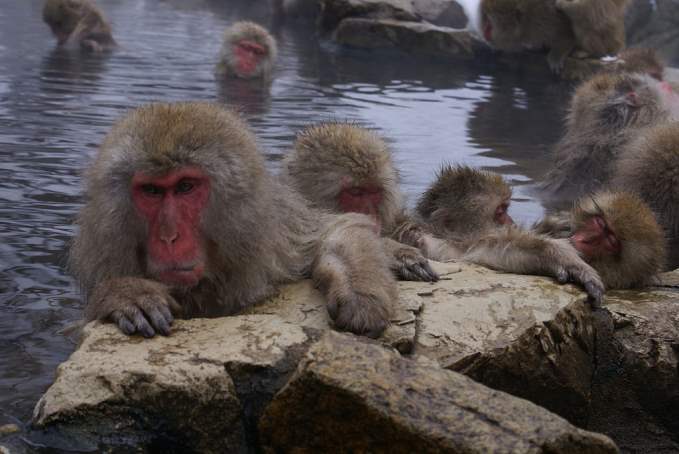
Located in Nagano Prefecture’s Shimotakai District, the Jigokudani Monkey Park is part of Yamanouchi’s Joshinetsu Kogen Park. The name for this monkey park translates into “hell’s valley,” and was named so because of the boiling water and steam issuing out of the usually cold ground of the valley. The park is home to a huge population of Japanese macaques (or snow monkeys) that flock to the valley in the winter. These red-faced and light-furred monkeys are big fans of the region’s hot springs, where they while their days before going into the forests at night.
The Great Buddha of Kamakura
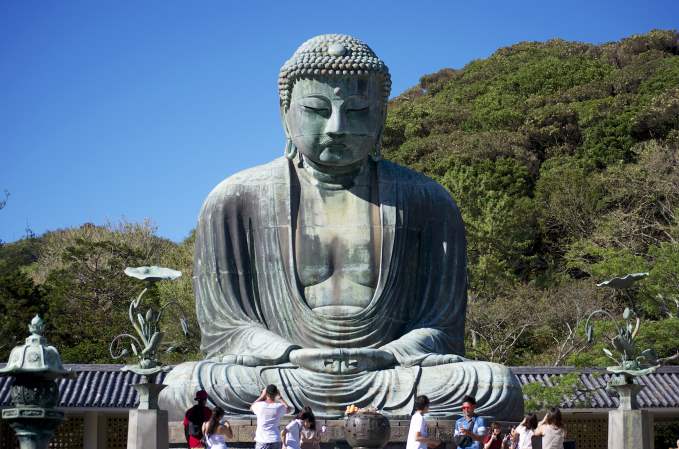
The Great Buddha of Kamakura is the second largest statue of Buddha in Japan, weighing in at over 90 tons and with a height of 13.35 meters. Built in the mid-1200’s, the Great Buddha of Kamakura watches over the city in its open-air position. This bronze statue of the Amitabha Buddha is one of the most popular tourist attractions in the Kanagawa Prefecture, drawing thousands of visitors every year, many of them going inside the statue to marvel at the construction of this sacred monument.
The Kiyomizu-Dera Temple
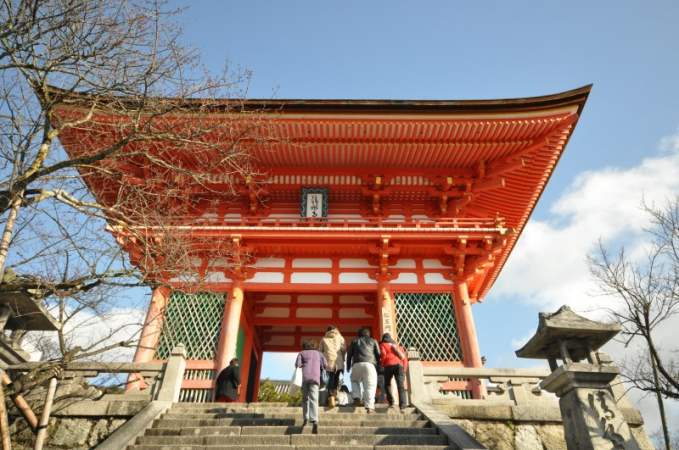
Built in 798, the Kiyomizu-Dera Temple is one of the oldest surviving temples in Japan. Found in the quiet city of Isumi in Chiba Prefecture, this temple is one of the Bando Sanjusankasho temples, a circuit of Buddhist temples sacred to the bodhisattva Kannon. The Kiyomizu-Dera Temple features a design that integrates it with its surroundings; in fact, the temple has its own indoor waterfall connected to the surrounding rivers. Tourists will not only enjoy the long and wonderful history of the temple, but also the various religious artifacts housed and displayed within it.
The Tokyo Imperial Palace
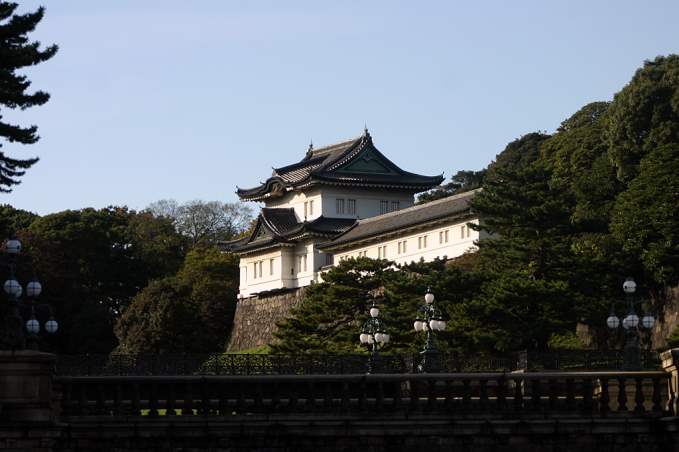
Japan is one of the last countries to have an emperor, and the fitting residence for the Japanese emperor and his family is the Tokyo Imperial Palace. Built on the site of the former Edo Castle, the imperial palace only allows tourist entrance to the inner grounds on January 2 (in time for the Emperor’s New Year’s Greeting) and December 23 (the Emperor’s birthday). The Tokyo Imperial Palace is not only the official residence of the imperial family, but also serves as a repository for artifacts and information related to the rich and colorful history of the country.
















